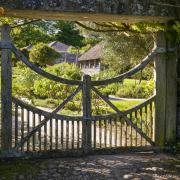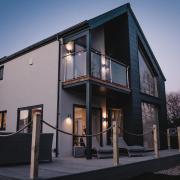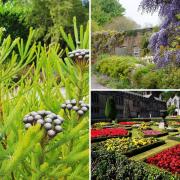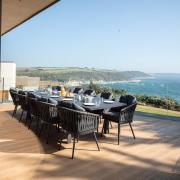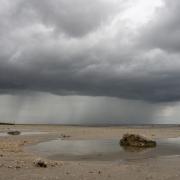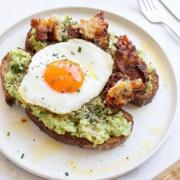Andrew Grundon is an artist. Even though his work does not hang in art galleries and his name is not universally known – there’s a good chance that you will have seen his paintings. For Cornish-based Andrew is an inn sign artist and his pictorial boards hang outside pubs all over Cornwall.
From the grit and grime depicted in the miners toil at the North Inn in Pendeen to the noble and lofty majesty of Napoleon at Boscastle, Andrew’s work can be found all over the region. 'Pretty much every village I go into in Cornwall I can find a pub with one of my signs,' says Andrew. Not that he’s always happy to see them. 'Sometimes I’ll look at them at them and think I could have done that better. If you’re aiming to achieve anything artistically you’re always trying to improve on your last piece of work.'
Every pub name has a story to tell. The Pandora Inn at Mylor is named after the ship sent to capture the Bounty mutineers in 1790; the Earl of Chatham at Lostwithiel is named after the British Whig statesman; the Mount Ambrose Inn at Redruth takes its name from the Cornish mine; and the Bucket of Blood at Phillack is so called because when the inn’s landlord went to draw water from the well it was full of blood - there was a dead tax collector down there. Or so legend leads us to believe.

Andrew produces signs for Cornish breweries, St Austell who own approximately 180 pubs in the West Country. Commissions also come from independent pub owners, shops, restaurants - including Rick Stein, even film and television companies. If you saw the TV series Doc Martin, you will remember Andrew’s pub sign for the Crab and Lobster in Portwenn (filmed at The Golden Lion in Port Isaac).
READ MORE: How Cornish is your surname?
The origins of the pub sign lie in Roman times when a bunch of green leaves attached to a pole was a recognised symbol of hostelry. This practice continued after the Roman Occupation and through the Dark Ages. In the Middle Ages, enterprising inn keepers attached painted wooden signs to their poles to tempt pilgrims, merchants and court officials to their inns. Then, in 1393 a Royal Act was passed that made it compulsory for ale houses to have a sign outside, allowing official ale tasters and a largely illiterate population to identify them. Ever since, inn names and signs have reflected the times in which they were established: religion, royalty, heroes, industry, and the occasional scandal, have all left their mark on pub names.
Even though Andrew may be busy – his trade is in decline. Across the country, pubs are closing; those that remain are subject to takeovers by large corporations, which has led to a standardisation of what is on offer. Pub names that once reflected an area’s history, folklore and culture have been replaced by anodyne brand names. Sign-making software has usurped the brush and palette. The pub-sign painter is a rare thing.

It was not a job that Andrew ever set out to do. He was working as a conventional illustrator and artist - ‘not making a great deal of money’- when the job of sign painter became available at St Austell. 'I was employed on the strength of my pictorials,' he says. The out-going sign writer stayed on to teach him new techniques, such as the art of lettering and basic gilding skills. Andrew learnt how to prepare the surfaces of the plywood, prime them and build up layers of paint, using special signpainters paints for the lettering and colouring.

Each design brief is different from the one before. Signs for St Austell Brewery are surveyed every five years. Sometimes all they need is ‘a clean and a varnish, or a polish and a repaint.’ Those that are beyond repair are replaced; either the old design is re-created, or Andrew creates something new.

When Andrew has license to create his own design, he draws inspiration from the old Masters. 'I’m a great admirer of Caravaggio, and artists from that era that paint in chiaroscuro.' Andrew’s Punch Bowl and Ladle near Feock consists of characters ‘poached’ from Caravaggio paintings. 'I think most of the characters in that sign came from Caravaggio’s painting of the Last Supper,' he says. So how long does it take him to paint a sign? 'It’s entirely dependent on the amount of detail in the painting. Heraldic designs or those with simple blocks of colour can take about a week whereas portraits in the style of the Old Masters can take two weeks.'

SUBSCRIBE: To Cornwall Life for in-depth history features that get to the heart of the county









